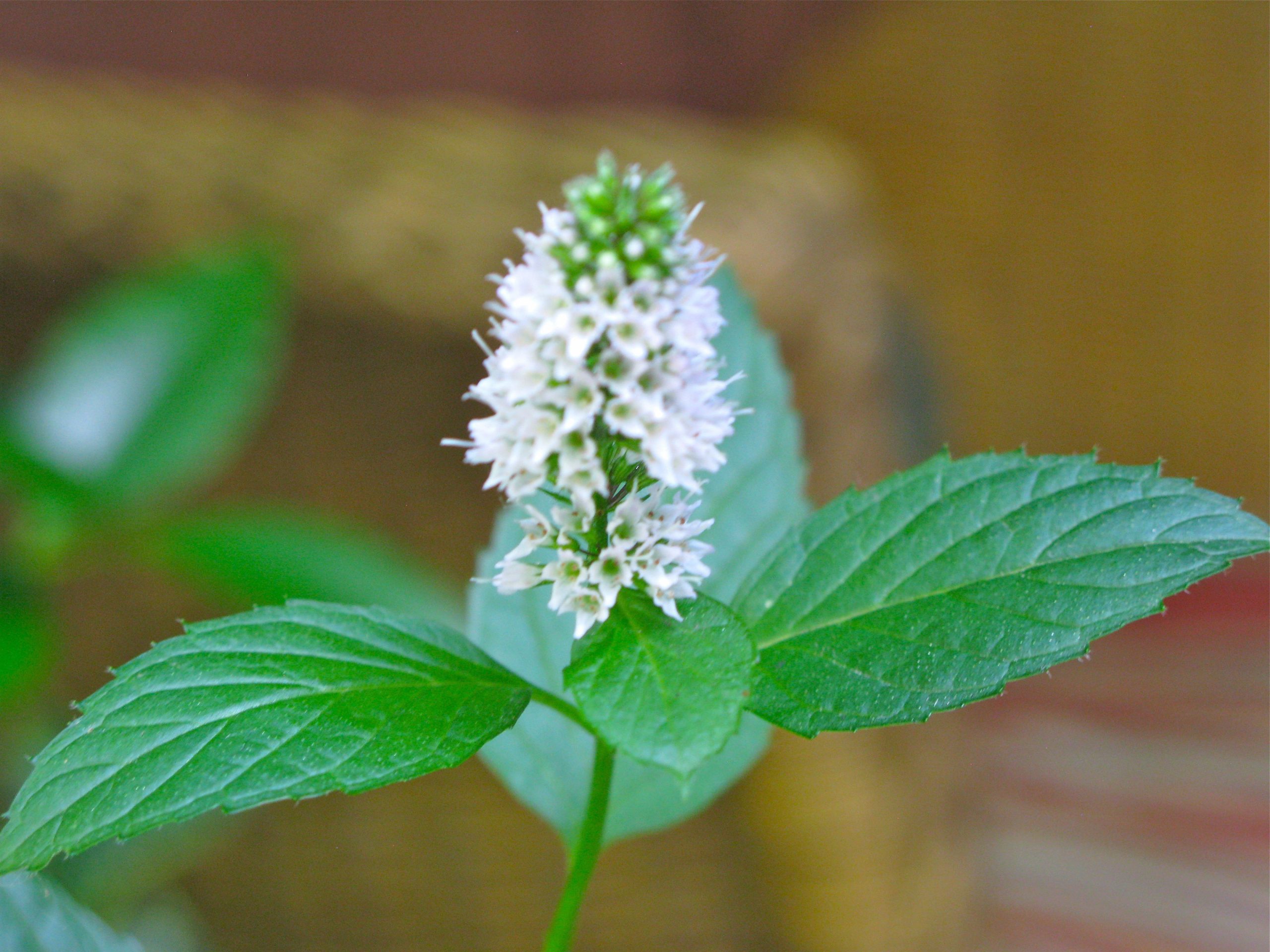When most people think of mint, they picture the quintessential spear-shaped green leaves and purple flowers. But did you know there are actually many mint varieties that bloom in white? These white-flowering mints add unique ornamental value to gardens, containers, and bouquets. Keep reading to learn more about mint plants with white flowers and how to grow them yourself.
Why Grow White-Flowering Mints?
Here are some reasons to consider adding white-blooming mints to your garden
- Provide visual contrast to brightly colored flowers
- Subtle white flowers glow beautifully at dusk
- Attract pollinators like bees, butterflies, and hummingbirds
- Release fresh minty aromas when brushed or crushed
- Fill outdoor spaces with intriguing minty fragrance
- Useful as cut flowers, container plants, edging, or groundcovers
- Deer and rabbit resistant due to strong scent
Popular White Mint Varieties
Many mint species and cultivars produce white flowers. Here are some of the most common:
Spearmint
Mentha spicata is probably the most famous white-flowering mint. Spearmint has lightly toothed leaves with pointed tips and pure white flower spikes in early summer. It grows 2-3 feet tall.
Peppermint
With dark green leaves and taller flower spikes than spearmint, peppermint (Mentha x piperita) also blooms white in mid-summer. It can reach 3 feet tall.
Whiteleaf Mountain Mint
Pycnanthemum albescens is a wildflower native to North America. It has softly fuzzy leaves with white undersides. Clusters of tiny white flowers with purple dots emerge in summer surrounded by showy silver bracts.
Woolly Mint
Stachys byzantina has velvety silver-gray foliage that’s topped by dense white flower spikes in early summer. It only grows 6-12 inches tall, making it perfect for borders and containers.
White-Edged Thyme
As a variegated thyme Thymus x citriodorus ‘Aureus’ has gold and green leaves with a fringed white edge. Clusters of white flowers bloom in early summer. It forms a short mat only 2-4 inches tall.
Growing Conditions for White Mints
Most white-blooming mints thrive in the following conditions:
-
Sun: At least 6 hours of full sun per day. Morning sun is ideal. Light afternoon shade is tolerated.
-
Soil: Rich, moist, well-draining soil. Amend clay or sand with compost.
-
pH: Neutral to alkaline from 6.0-7.5. Avoid acidic soil below 6.0.
-
Water: Moderate watering about 1 inch per week. Don’t oversaturate soil.
-
Zones: Depending on variety, can grow in zones 3-10. Protect from intense summer heat.
Planting and Caring for White Mints
Here are some tips for successfully growing white mints:
-
Purchase young plants or start from seed 6-8 weeks before your last spring frost date.
-
Space plants 12-24 inches apart depending on mature size. Give them room to spread.
-
Pinch back flower stems during the first year to encourage bushy, compact growth.
-
Cut back spent flower spikes after blooming to stimulate reblooming.
-
Prune mints in fall to remove dead growth and tidy shape before winter if desired.
-
Mulch around plants to retain soil moisture and control weeds. Replenish mulch annually.
-
Water whenever top few inches of soil become dry. Provide consistent moisture.
-
Feed container plants monthly with a balanced liquid fertilizer during spring and summer.
Using White Mint Flowers
The flowers of white mints can be used in many ways:
-
Display in fresh flower arrangements or dried flower crafts
-
Float individual flowers or small sprigs in drinks like lemonade, iced tea, and cocktails
-
Use as garnish on desserts like ice cream, cupcakes, fruit salad, and more
-
Make fragrant floral ice cubes by freezing flowers in ice cube trays
-
Add to potpourri, sachets, or bath and beauty products
With their ornamental flowers and intoxicating scents, white mints are a delightful addition to gardens and containers. Experiment with growing different mint varieties to find your favorites with white blooms.
A MINT’S CURSE | Mint plant care that you should know
When does a mint plant flower?
Mint plants usually flower when the temperature is high. The flowering begins in midsummer and lasts until autumn. As summer wanes into autumn, you will notice that the mint plant’s leaf production starts to slow down. This is perfectly normal. You will also see tiny white, purplish mint flowers situated above its leafy foliage.
Is sweet mint a perennial?
Yes, sweet mint is indeed a **perennial herb**.It belongs to the **Mentha** genus and is known scientifically as **Mentha suaveolens**.Like other members of the mint family, sweet mint has **fragrant,
Is mint a flowering plant?
Mint is also a flowering plant. In fact, some varieties from the Mint family, including snapdragons and scarlet sage are grown as ornamentals in the garden for the lovely blooms they give! A mint plant, and other herbs, bolt when the plant assumes that it’s approaching the end of its life.
Do mint plants produce purple flowers?
Mint plants produce some beautiful purple, pink, or white flowers, but do you need to do anything when your mint is flowering, and if so,…
- The Ultimate Guide to Growing Strawberries in Raised Beds - August 8, 2025
- No-Dig Garden Beds: The Easiest Way to Grow a Beautiful Garden - August 6, 2025
- How to Protect and Preserve Wood for Raised Garden Beds - August 6, 2025

